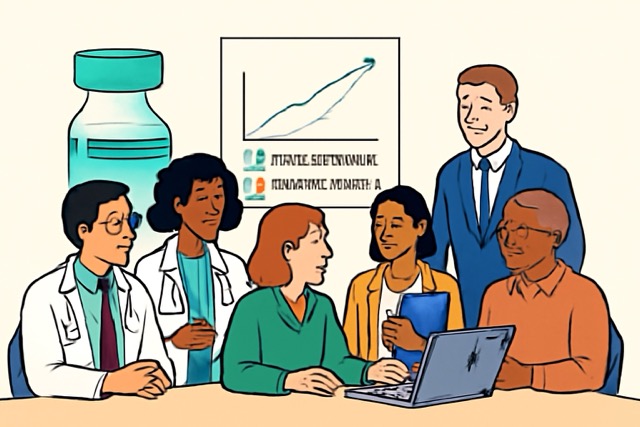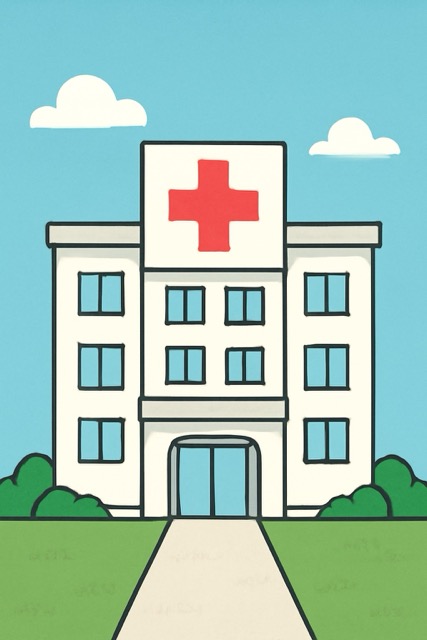2. Who Decides if a New Drug Gets Paid For? (A Guide for Investors)
A new drug just won FDA approval. The stock pops. But hold the champagne. Getting a regulator’s safety and efficacy stamp is just graduating from medical school. Now comes the real world: convincing the people with the money—insurers and governments—to actually pay for it. This is market access.
(In our last post, we followed the money. Now, let’s look at who opens the gate).
Europe’s centralized Health Technology Assessment (HTA) bodies create a single, predictable hurdle for drug reimbursement, like a final exam that determines your grade for an entire country. In contrast, the US’s fragmented commercial system is a complex maze of negotiations with individual payers, creating a different set of rules for every health plan that investors must model one by one.
Europe’s “Final Exam”: The HTA Gauntlet
Imagine you’ve developed a new drug, “CardiaCure.” After the European Medicines Agency (EMA) gives you the green light, your work is just beginning. To get reimbursement in a country like Germany, France, or the UK, you have to face their national gatekeeper. This process is called Health Technology Assessment (HTA).
Think of HTA as the final exam for your drug. It’s a rigorous, evidence-based review that answers one question: “Is this new, expensive drug actually better than the cheap, generic stuff we already use, and is it worth the price?”
Each major European country has its own powerful HTA body:
- Germany: The G-BA (Federal Joint Committee), advised by IQWiG.
- United Kingdom: NICE (National Institute for Health and Care Excellence).
- France: HAS (Haute Autorité de Santé).
- Italy & Spain: AIFA and CIPM, respectively.
These aren’t commercial negotiations. They are formal, scientific assessments. They take your clinical trial data—the same data you gave the EMA—and compare it meticulously against the current standard of care.
The outcome is a public “grade.” If Germany’s G-BA declares CardiaCure offers a “major additional benefit” over old heart failure drugs, you’re in a great position to negotiate a premium price. But if they rule it has “no additional benefit,” you’ll likely be forced to price it at parity with the existing generics. Ouch.
The key for investors: this one decision applies to the entire country. It creates a single, predictable hurdle. You either clear it, or you don’t. Your price and patient access are largely determined by this one exam.
The US “Parent-Teacher Conferences”: A Payer-by-Payer Battle
The US doesn’t have a single national HTA body. If Europe is one final exam, the US is a year’s worth of parent-teacher conferences. After the FDA approves your drug, you have to go, one by one, to hundreds of different “parents”—the commercial payers like UnitedHealth Group, Cigna, government plans like Medicare, and all the regional Blue Cross Blue Shield plans—and convince each one to pay for your drug.
Each payer has its own rulebook, called a formulary. This is simply the list of drugs they agree to cover. The goal is to get the best placement possible. But payers have tools to control costs and access:
- Tiering: They can place your drug on a preferred tier (Tier 1 or 2), where a patient’s co-pay is low, or a non-preferred tier (Tier 3 or 4), where the patient has to pay much more out-of-pocket. Higher tier = lower sales.
- Prior Authorization (PA): The doctor has to stop and fill out paperwork to justify to the insurer why you need this specific drug. This friction reduces uptake.
- Step Edits: The insurer can demand that a patient must first try and fail on an older, cheaper drug before they are allowed to “step up” to your new, innovative one.
How does a drugmaker like Novartis or Pfizer get a better spot for CardiaCure? By negotiating rebates. As we covered in the previous post on the pharma money maze, these rebates are the currency of the US system. A bigger rebate might get you a lower tier with no pesky step edits. This negotiation happens with every single payer. The result is a messy patchwork of access. CardiaCure might be easy to get for a patient covered by Cigna in New York but nearly impossible for someone covered by a different plan in California.
Modeling the Impact: The “Access Haircut”
As an investor, you can’t just multiply the total number of patients by the drug’s list price. You have to forecast the “access haircut”—the percentage of clinically eligible patients who can actually get the drug.
Let’s model it for CardiaCure.
- Total Disease Population (US): 6 million people with heart failure.
- Clinically Eligible (Addressable): 2 million of them fit the drug’s label (e.g., specific ejection fraction, not contraindicated).
Modeling the US Payer Patchwork: Let’s assume the 2 million patients are split across three big, hypothetical payers.
- Payer A (30% of patients): Gives CardiaCure good access (Tier 2, no PA). You project capturing 50% of their eligible patients.
- Payer B (40% of patients): Restricts access (Tier 3, requires a step edit). You project capturing only 20% of their patients.
- Payer C (30% of patients): Refuses to cover it for now. You capture 0%.
Your US Patient Forecast: (2M × 30% × 50%) + (2M × 40% × 20%) + (2M × 30% × 0%) = 300,000 + 160,000 + 0 = 460,000 patients. That’s a 77% haircut from the 2 million clinically eligible patients.
Modeling a European HTA Outcome: Now let’s look at Germany (represents ~20% of the EU market).
- Clinically Eligible (Germany): 400,000 patients (20% of 2 million).
- G-BA’s Decision: The G-BA rules that CardiaCure has an “added benefit,” but only for a severe subgroup of patients who have already failed two other therapies. This subgroup represents just 30% of the eligible population.
Your German Patient Forecast: 400,000 patients × 30% access = 120,000 patients. It’s one clean, predictable haircut that applies to the whole country.
What to Watch
- HTA Readouts: For any company launching a drug in Europe, the decisions from Germany’s G-BA, France’s HAS, and the UK’s NICE are massive catalysts. These are public, scheduled events.
- US Formulary Coverage Data: In the first 6-12 months after a US launch, watch for updates from the company or third-party data firms on what percentage of “covered lives” have access to the drug, and on what tier.
- CMS IRA Price Negotiations: The results of the first government price negotiations for Medicare Part B and D drugs under the Inflation Reduction Act will be a critical tell for the future of US market access.
- ICER Reports (US): The Institute for Clinical and Economic Review (ICER) is a non-profit US organization that acts like a private HTA body. While its recommendations aren’t binding, they are highly influential and often shape payer negotiations.
Views are my own. Educational market commentary & research notes. Not investment advice; no client relationship. I may hold positions I discuss.






